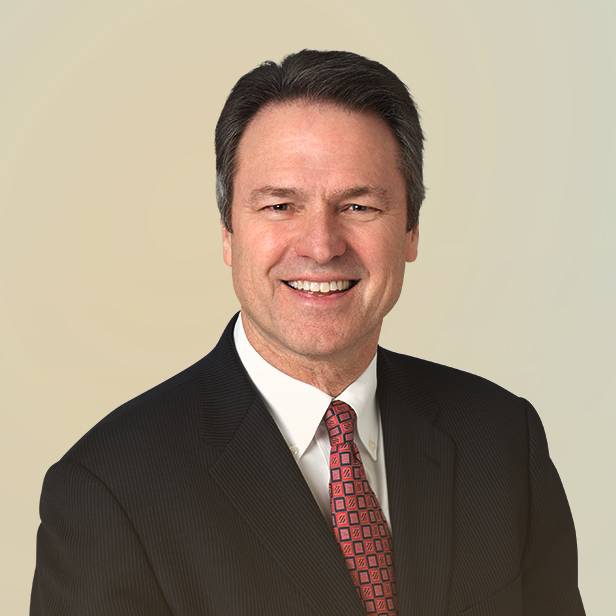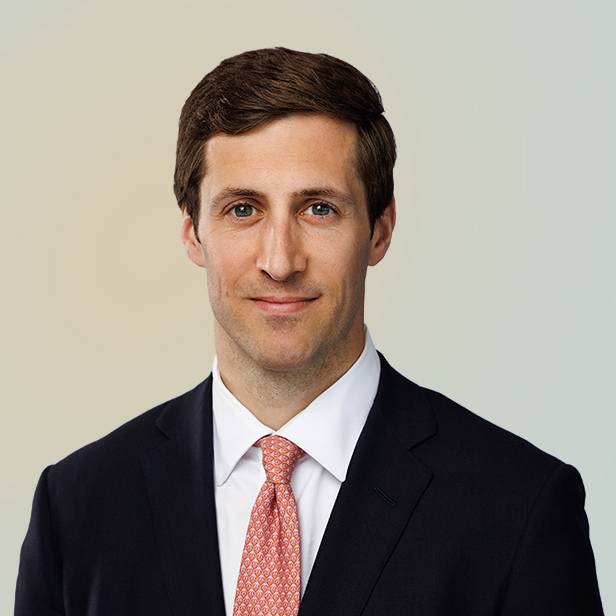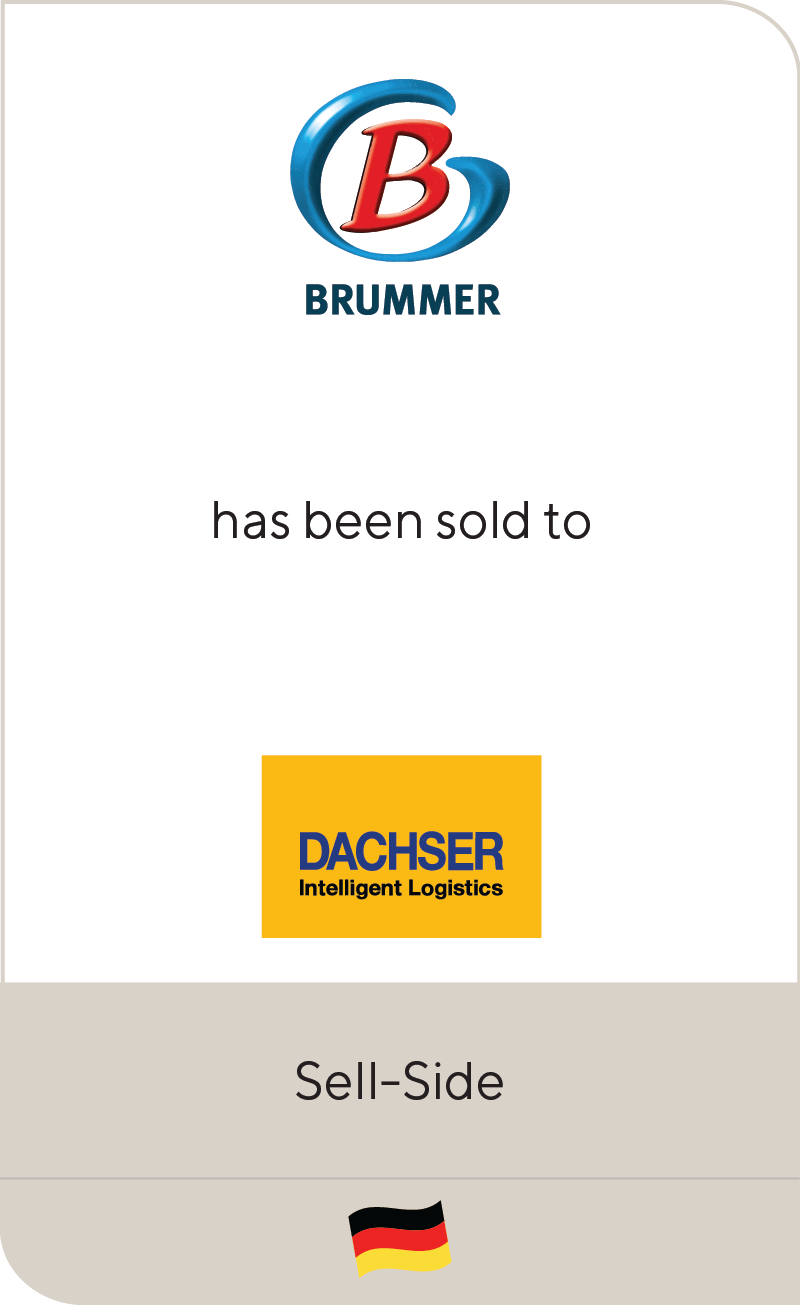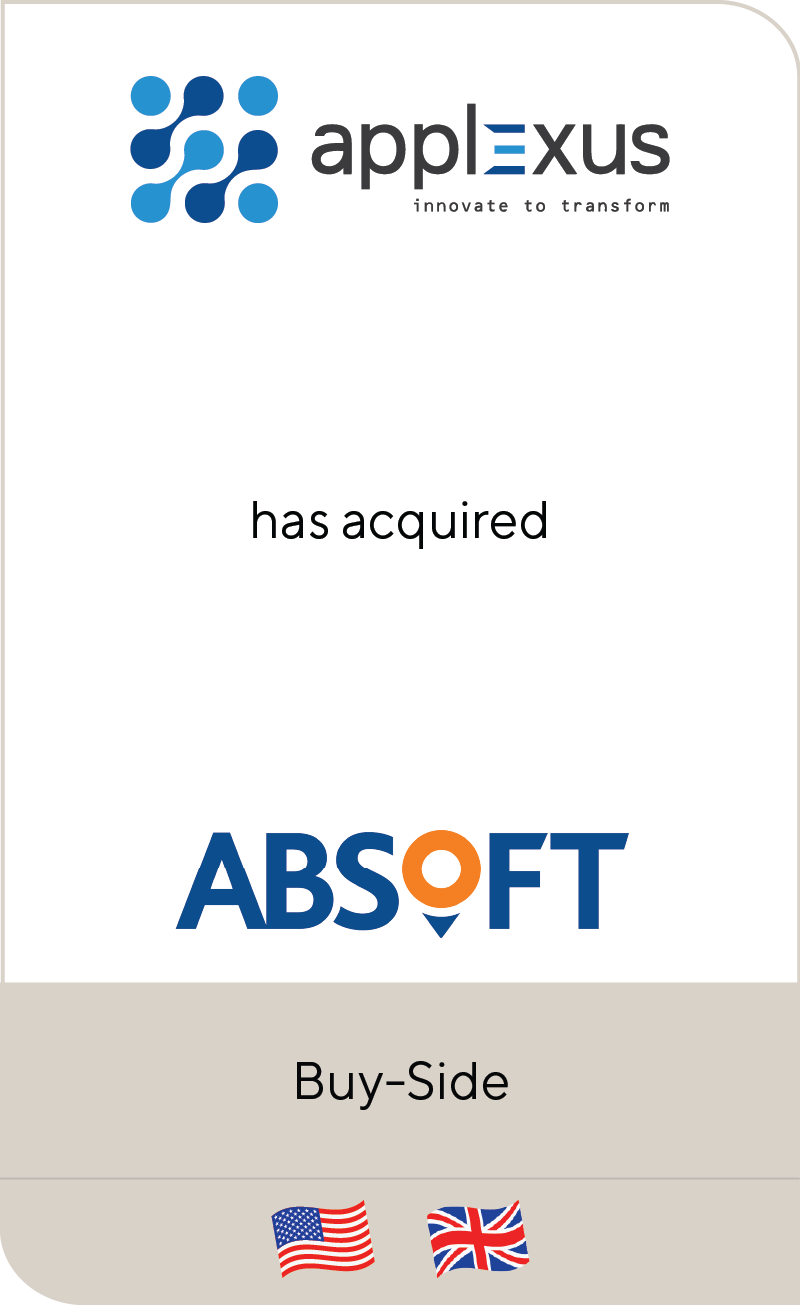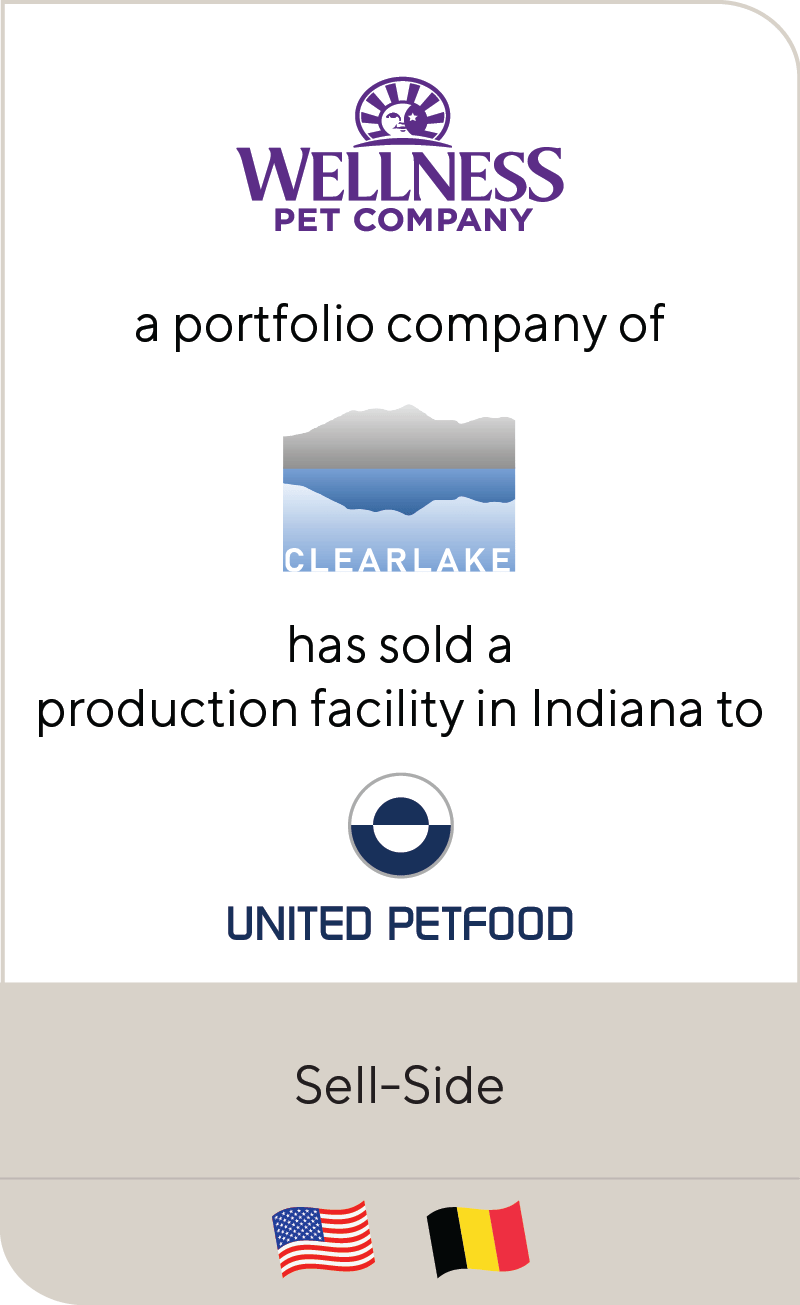Real Deals | Healthcare M&A Resilience
May 2023
What trends have you seen in the last quarter in relation to valuations in the healthcare space?
Matthew Lee: It’s early days to get an accurate read on valuations as investors are still finding their landing zone, given inflation and where banks are regarding which sectors they’re prepared to lend in, what leverage multiples and at what cost, which all influence valuations, especially for the bigger deals. Our valuations team completes more than 4,000 valuations per quarter for portfolio companies mainly within credit funds, but also for private equity, including on transactions where they’re asked for fairness opinions. Transaction valuations data suggests that valuations didn’t drop materially in Q4 2022, despite debt market travails, but that masks the fact that the number of transactions completed was significantly down. If you dig deeper, what you’re seeing is that only the best companies transacted in the difficult period of Q4, but investors were still willing to pay premium multiples for those assets.
James West: If you see this as supply and demand, the demand is definitely there as investor interest and levels of M&A remain high. However, on the supply side, it depends whether those opportunities are of sufficient quality for the buyers and if sellers have the confidence to take their businesses to market.
Summary
-
Lincoln International’s Matthew Lee and James West discuss the state of the healthcare mergers and acquisitions market and debt financing activity with Real Deals.
- Sign up to receive Lincoln's perspectives
Has increased economic uncertainty meant more creativity in M&A processes? Are deals getting done?
Matthew: The best quality assets will trade, with a lag in valuation expectations from vendors. Vendors were pitched at a certain value 6-12 months ago, before the market wobble in Q4 last year, meaning the change in market temperature has created a pricing mismatch. Where there is a price mismatch we are having to think creatively about deal structure. We expect that it will take into H2 to normalize. As a result, there’s currently a lower volume of transactions coming through to the market, and more structuring. Looking positively ahead, there’s a lot of money sitting in the wings, waiting to be deployed. All parts of the market are still fundraising, big and small on both equity and debt sides, albeit at a slower pace than before. There’ll be additional dry powder building up and once market valuations have stabilized, that will just unlock and deal volumes will accelerate as we saw after the Covid-induced break in investing.
What are the current trends in financing and debt raising for healthcare assets?
James: We’ve seen a big change over the last six months. Making sure there’s the right debt advice and taking the right approach for a transaction is critical. We see that across the board, for both more established, large companies and for the high growth early-stage businesses. The change in debt pricing, as well as debt availability, does impact the certainty of getting a deal done. We work very closely with our debt advisory colleagues across Lincoln on almost every transaction we work on.
Matthew: Inflation in the cost base of a business is a key diligence item for banks and investors as they look at leverage quantum in debt structures, given debt is no longer cheap. In a typical levered debt structure, the cost has gone up materially, by between 4% and 5%. In Q4, we were seeing structures where you were pricing deals off of about 11%, given increases in SONIA rate and margin. The interest increase could take about 25% of your EBITDA in servicing interest alone. It’s quite a material change in how much you can leverage a business. We’re not seeing the simple multiple of debt being the limiting factor on leverage appetite, but more the cost of servicing the debt and debt service coverage covenant ratios.
Which particular sub-sectors have you seen maintain particular interest for investors?
James: Life sciences is a broad market and in the last couple of years private equity investors have become highly educated, so there’s more investment in the space. Within that, gene therapy has become a really hot sector. Pharmaceuticals have moved from small molecules to large and the next stage is personalized advanced therapy medicines. Looking at the pipeline across pharma, there’s only a handful of those that are approved for use, but there’s a huge wave of candidates moving through the development pathway. Businesses that support the supply chain of advanced therapy are attracting significant PE interest.
Matthew: People-heavy healthcare services businesses have remained of interest, but the above factors are challenges that have softened prices in some sub-sectors (for example, within social care). We’re also seeing more deals coming forward now on the MedTech side; we would expect to see that continue to accelerate post-Covid, with these businesses growing strongly as hospital surgical operations continue to recover. Animal health is now coming back into the spotlight, with a market leader up for sale in the UK, as well as a couple of CMA-led transactions opening the market up for re-entry investment stories.
What is the biggest threat to dealflow or quality assets in healthcare, besides an inflationary environment?
James: There’s been a lot of supply chain disruption across the last year and that’s affected sub-sectors, such as life sciences. Making sure they’ve been robust enough has definitely impacted how people have looked at their own businesses, particularly larger conglomerates that operate in either big chunks of that supply chain or those who outsource parts of the supply chain.
Matthew: Prior to the recent banking failures in the US and Europe, I would have said the biggest threat to dealflow is probably a too-slow rebasing of valuation expectations by sellers. I would be confident that subject to the recent banking news, this would resolve itself as we get into H2 2023, as debt markets normalize and the picture of interest rate path and peak becomes clearer.
Contributor

It’s extremely rewarding to work in one of the largest and most diverse global business sectors helping support clients to realize their goals.
Matthew Lee
Managing Director, Head of UK & European Co-head of Healthcare
LondonMeet Professionals with Complementary Expertise
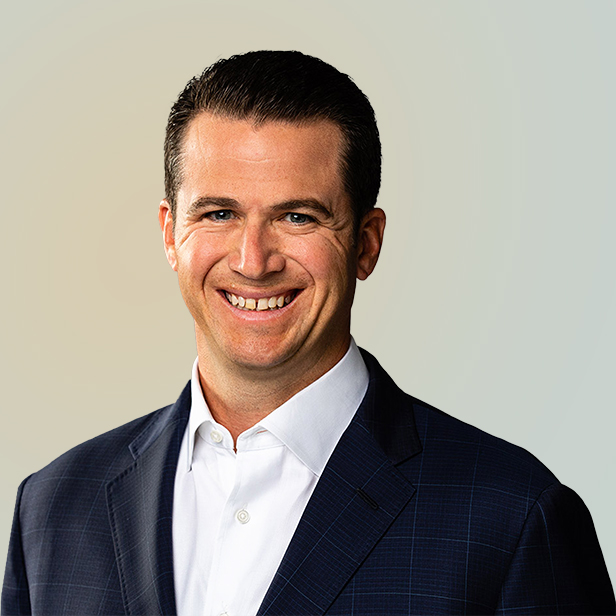
I am a rigorous advocate for my clients with a hands-on, communicative approach, focused on delivering intense advocacy and outlier results.
Sean Bennis
Managing Director & U.S. Co-head of Industrials
Chicago
I am enthusiastic about creating sustainable growth and the highest value for our clients and strive to leave a positive footprint beyond any successful M&A transaction.
Friedrich Bieselt
Managing Director & European Head of Business Services
Frankfurt
I enjoy leading clients and realizing their objectives, while structuring solutions to issues that are both intriguing and challenging.
Øyvind Bjordal
Managing Director | Head of Switzerland
Zurich
I am inspired by working with entrepreneurs and innovators who feel passionately about what they are creating.
William Bowmer
Managing Director & U.S. Co-head of TMT
San Francisco
I deliver a hands-on approach to provide strategic advice to my clients throughout the transaction and beyond.
Chris Brooks
Managing Director & European Co-head of TMT
London
My goal is to inspire and motivate our people to make a true impact with their clients, their colleagues and their communities.
Robert Brown
CEO | Managing Director | GP-Director
ChicagoRelated Perspectives

Packaging Quarterly Review Q2 2024
Over the last several years, the packaging industry has undergone significant transformations driven by rapid advancements in technology. From the introduction of innovative materials and sustainable practices to automation and… Read More

Investors in Healthcare | Q&A with Lincoln Professionals
Originally posted by Investors in Healthcare on July 25, 2024. Lincoln International, the U.S.-headquartered global investment banking advisor, is a well-known name in the European healthcare markets, providing advice to… Read More

Industrials Strength: Acceleration in Global Industrials M&A
Lincoln Industrials closed 28 transactions globally thus far in 2024. Across our industrials offering – from aerospace and defense to mobility, engineered components to building products, and infrastructure to specialty… Read More

Lincoln International adds TJ Monico as Managing Director
Lincoln International, a global investment banking advisory firm, is pleased to announce that TJ Monico has joined as a Managing Director to help lead the firm’s distribution practice. TJ has more than… Read More


